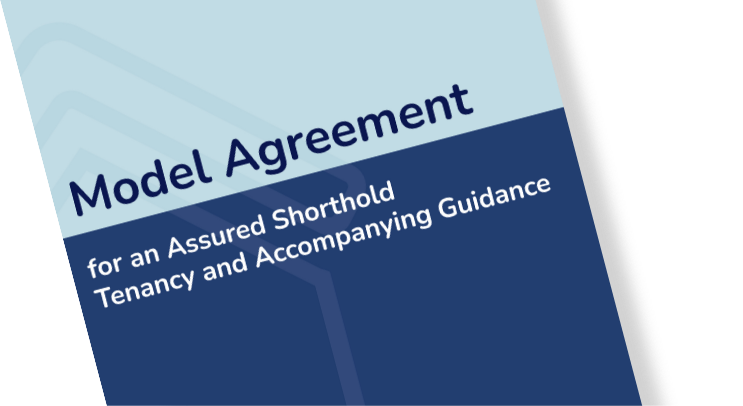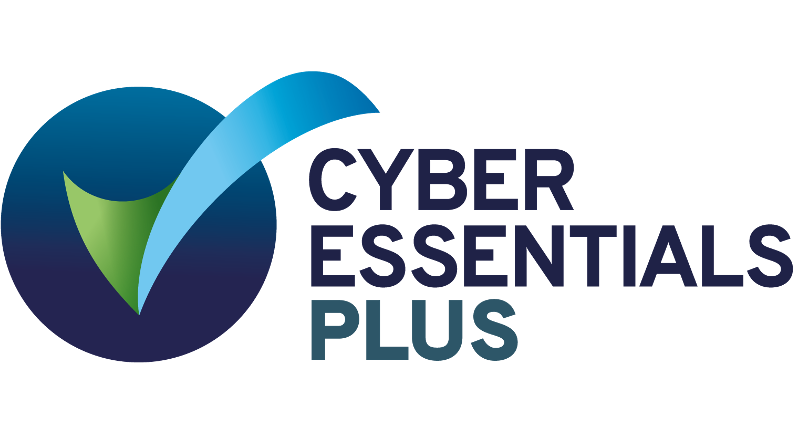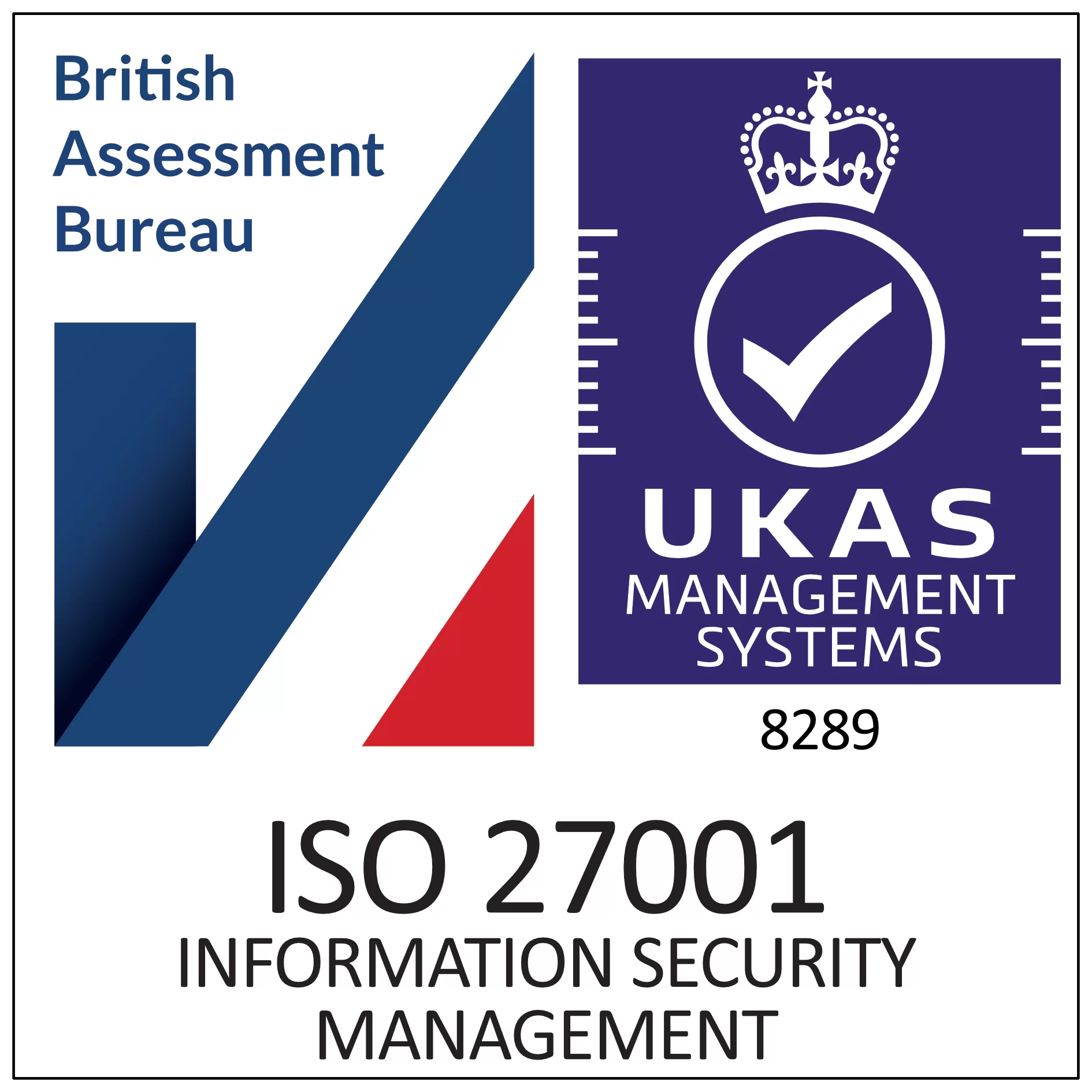Home | News & Insights |
How to Write a Tenancy Agreement: The Ultimate Guide for Landlords
Laura Cain
Marketing & Brand Manager
PUBLISHED
24th April, 2025
Creating a solid landlord-tenant agreement is one of the most important steps in protecting your property, income, and peace of mind.
Whether you’re a first-time landlord or managing a growing portfolio, a well-written tenancy agreement sets clear expectations, defines responsibilities, and can help prevent costly disputes down the line. It’s more than just a legal form — it’s the foundation of a good landlord-tenant relationship.
In the UK, there are specific legal requirements that every tenancy agreement must meet. But beyond the basics, many landlords are left with several questions around creating rental agreements that fit with their specific circumstances.
In this guide, we’ll walk you through how to write a legally compliant tenancy agreement, what to include, how to customise it for different tenancy types, and how to make the process faster with secure digital tools.
What is a tenancy agreement?
A tenancy agreement in the UK can be a written or verbal form of agreement (although it is strongly recommended to have a written document of your tenancy) between a landlord and a tenant in the private renting market. The purpose of the agreement is to establish the rights and responsibilities of both parties, ensuring proper care and maintenance of the property during the period of the rental agreement.
Typically, the landlord will create the agreement for the tenant to review. They can then ask questions or clarify any clauses they are unsure about, and when they are happy, they will sign the document. Once both parties have signed, the agreement becomes legally binding.
Why is a tenancy agreement important?
Establishing a tenancy agreement is vital, as it provides a clear framework outlining the essential terms both the landlord and tenant should know. It specifies key elements such as the rental period, monthly payment amount, house rules (like no pets or smoking), and duties related to upkeep and repairs.
Without a written contract in place, handling disputes over issues like rent, maintenance, deposit returns, or ending the tenancy can be challenging and may leave both parties vulnerable to legal complications.

Download this Template
What are the different types of tenancy agreements?
When writing a tenancy agreement, one of the first decisions a landlord must make is the type of tenancy. In the UK, the most common form is an Assured Shorthold Tenancy (AST) — and within that, you’ll typically choose between a fixed-term or a periodic tenancy.
Understanding the difference is key to setting the right expectations and avoiding confusion later on.
Landlords would usually opt for a fixed-term rental agreement if they want consistency and certainty over the income and tenancy length of their property. They can ask the tenant to leave the property after the contract ends, as long as at least 2 months’ notice is given in writing.
It offers more flexibility but less certainty for both parties. There is no set end date in a periodic term, the agreement continues until notice is given by either party to end the tenancy. Period term notices are normally four weeks, but they can be longer.
What to include in a tenancy agreement
A tenancy agreement isn’t just a formality — it’s a legal contract that protects both the landlord and the tenant. To ensure it’s enforceable and compliant with UK law, it should be clear, thorough, and tailored to the specific tenancy.
Below are the key elements every professional landlord-tenant agreement should include:
Names and contact details
A valid and legal rental agreement should include the full names of the landlord (or letting agent) and all tenants who will be living in the property. Additionally, the contact addresses and phone numbers for both parties should be included, this is especially important for serving notices.
Property details
As well as the details of the parties, your tenancy agreement should also clearly describe the rental property itself, including the full address, the types of property it is (e.g., a house or flat), and any supporting information about the property, such as if there are any outbuildings or parking spaces included.
Rent payment terms
Another important section of any rental agreement is the payment terms of the rent. This includes the amount and the date by which it should be paid. Also, the tenant needs to know how and where the rent should be paid, such as by bank transfer. If there is a late payment policy or any “rent review” clauses, they should be added to this section of the agreement.
Deposit information
In order to secure the property, tenants are expected to provide a deposit, which UK landlords must protect in a government-authorised tenancy deposit scheme (TDP) within 30 days of receiving it. The deposit amount, how it will be protected, conditions for deductions (e.g., damage or unpaid rent), and a date and method for returning the deposit should all be provided in the tenancy agreement.
Duties and Expectations
An effective tenancy agreement should clearly outline the distinct responsibilities of both the landlord and the tenant. This helps ensure transparency and minimises potential disputes. Examples include:
Landlord Responsibilities
- Handling repairs to the building’s structure, heating system, and electrical wiring
- Carrying out required safety inspections and maintaining valid certification
Tenant Responsibilities
- Maintaining cleanliness and avoiding damage to the property
- Promptly reporting any maintenance issues or damages
- Informing the landlord in advance when planning to be away for an extended period
Rules and restrictions
For a smooth and respectful tenancy, the rental agreement should clearly specify the rules that govern conduct within the property. This might involve stating whether pets are allowed, if smoking inside is prohibited, and the landlord’s stance on subletting—whether it’s entirely banned or requires prior approval.
Guidelines on having long-term visitors should also be included. Laying out these conditions in writing helps ensure both the tenant and landlord are on the same page, minimising the risk of misunderstandings.
Ending the tenancy
If the tenancy can be ended early, you will need to include a break clause and how it works in the agreement. Also, the notice period required from both parties and the process of early termination, such as mutual agreement, tenant replacement, etc.
Signature and date
In order for the agreement to be legally binding, all parties (including guarantors if relevant) must sign and date the document before the tenancy begins. Electronic signatures are legally valid and recognised on tenancy agreements, as long as they are done through a trusted platform like E-Sign.

Top tips for landlords and tenants
For landlords: Ensuring a secure tenant selection process
As a landlord, it’s crucial to establish the trustworthiness of your prospective tenant. Before agreeing to a tenancy, follow these steps:
- Verify Tenant Identity: Confirm the tenant’s identity through official documents like passports or driver’s licenses.
- Credit History Check: Conduct a credit history check to assess the tenant’s financial responsibility.
- Employment Verification: If applicable, verify the tenant’s employment status to ensure their ability to pay rent.
- Right to Rent Checks: Ensure that all individuals aged 18 and above residing in the property as their primary or sole residence have the right to rent property in the UK. This is essential to avoid legal complications.
For a more comprehensive understanding, refer to the Government’s ‘How to Rent’ guide, available at, and the ‘How to Let’ guide.
Thoroughly review the agreement
Before proceeding with signing, take the time to carefully review the agreement’s content. Understand each clause, obligation, and right outlined within the document. If any doubts arise, seek clarification from the other party or consider seeking independent legal advice.
Customise the agreement
Certain clauses in the model tenancy agreement require specific agreement between both parties. This includes details such as the rent amount and the length of the tenancy. Ensure that all necessary information is filled in accurately.
The comprehensive checklist
To guarantee a seamless tenancy experience, consider the following checklist and ensure each item is meticulously addressed:
For tenants: Knowledge is power
As a tenant, your participation in the agreement process is equally vital. Here’s what you should do:
- Thorough Reading: Carefully read through the entire agreement to ensure you understand its content and implications.
- Ask Questions: If any concerns or uncertainties arise, don’t hesitate to ask the other party for clarification. Seek answers to your queries to avoid misunderstandings.
- Independent Advice: If needed, consider seeking independent legal advice from professionals or organisations like Citizens Advice to ensure you’re making an informed decision.
Conclusion
Drafting a comprehensive landlord-tenant agreement is a meticulous process that requires careful attention to detail and legal compliance. E-Sign’s electronic signature platform simplifies the final step of this process, making it convenient for both parties to sign the agreement securely and efficiently.
Contact us today to discuss your document requirements or get started with E-Sign by registering for our 14-day free trial.
Frequently asked questions
Can rent be increased without signing a new tenancy agreement?
Yes, but only under specific legal conditions.
If you’re on a periodic (month-to-month) tenancy, the landlord can raise the rent once a year by providing a formal Section 13 notice. For fixed-term tenancies, the rent cannot be increased during the term unless there is a rent review clause in the contract or the tenant agrees to the new amount in writing.
Do tenants have to receive a copy of the tenancy agreement?
Yes. Tenants have a legal right to a written copy of the agreement. Landlords should provide this before the tenancy starts — ideally at the point of signing.
If a landlord refuses or delays, it could weaken their legal position, especially when serving notices or resolving disputes.
What if there’s no written tenancy agreement?
Even without a written agreement, the tenancy remains legally valid, but it introduces greater risks for both the landlord and tenant.
Without a written contract, the terms may still be governed by verbal agreements under tenancy law, but proving what was agreed upon becomes more challenging. This can create difficulties in situations such as:
- Disputes over the deposit
- Rent increases
- Legally terminating the tenancy
Having a written agreement in place safeguards both parties and is highly recommended.
Can a tenant leave before the end of a fixed-term agreement?
Only if:
- There’s a break clause allowing early termination, or
- The landlord agrees to end the tenancy early
If neither applies and the tenant leaves early, they may still be liable for rent until a replacement is found or the term ends.
Can I create a tenancy agreement digitally and sign it online?
Yes — digital tenancy agreements are legally valid in the UK, as long as they meet certain conditions:
- All parties consent to using electronic signatures
- The platform used is secure and reliable (like E-Sign)
- The agreement remains accessible and tamper-proof
Going digital is faster, safer, and ideal for remote renting.
 Facebook
Facebook
 X (Twitter)
X (Twitter)
 LinkedIn
LinkedIn











